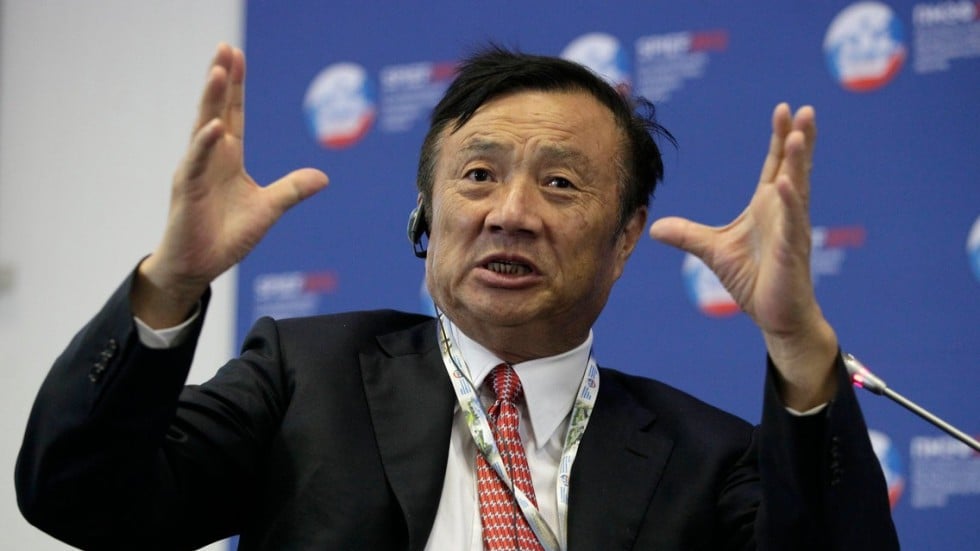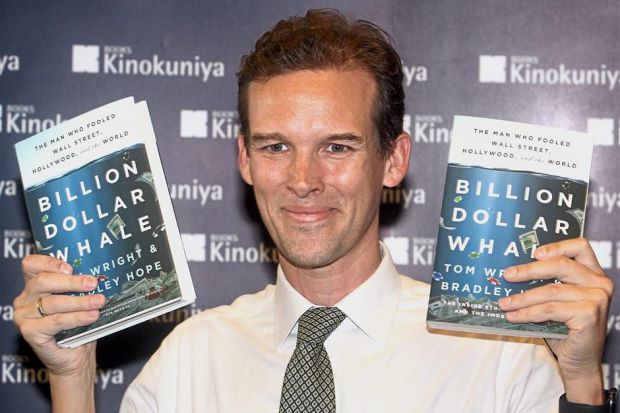 |
https://youtu.be/fuk3xC6M0ow
https://youtu.be/JrJ0V3TIskc
https://youtu.be/CT8dgpCh_2w
 |
| Scandal-hit: The clean-up at HRDF appears to be far from over. |
Questions over HRDF Bangsar South property
PETALING JAYA: The clean-up at scandal-hit Human Resources Development Fund (HRDF) appears to be far from over.
In fact, to add to its woes, details have recently emerged about the possible mishandling of a multi-million ringgit property acquisition.
The HRDF management has made police reports claiming there was misconduct or abuse of power in the purchase of part of a building in Bangsar South, Kuala Lumpur, four years ago, because it was done without the knowledge of the board of directors and the investment panel.
HRDF bought six floors of a “landmark skyscraper” for RM154mil, including goods and services tax (GST). It has been alleged that some RM40mil was paid even before the issuance of the tax invoice.
But the bigger issue, according to sources, was that the HRDF’s board of directors had actually approved the purchase of a different piece of property – another building, also in Bangsar South, for RM141mil before GST.
It was learnt that the investment panel was only informed of the switch five months after the first tranche of RM15.4mil had been paid.
The sources confirmed that the HRDF has gone to the police and investigations are underway.
An agency under the Human Resources Ministry, the HRDF manages a fund comprising contributions from employers for the purpose of training and development.
In November last year, minister M. Kulasegaran said staff and management personnel were running HRDF as if it was their own company and that the management had in some instances exceeded authority and approved projects beyond its approval limits.
This latest accusation regarding the Bangsar South purchase reflects the same governance problems.
“The board was also informed that the minister (at that time) approved the change of the property to be acquired,” said a source. “The sale and purchase agreement was signed by the chief executive officer prior to the approval of the investment panel and the board.”
The first RM40mil of the purchase price was paid in eight tranches.
The source said under the Pembangunan Sumber Manusia Bhd Act 2001, the minister could only direct the board on matters and was not empowered to approve or consent to entering into agreements.
The remaining RM114mil was paid after the signing of the agreement. The six floors of the Bangsar South building were handed over to the HRDF in March 2017.
Documents sighted by The Star showed that the investment panel voiced its intention to invest in property in a meeting at the end of 2014.
In February 2015, the board of directors approved a proposal to set up a reserve fund and an allocation of RM250mil.
It was stated by the CEO then that the property would be for HRDF’s use.
Another approval came two months later for the RM141mil property.
In May that year, the first payment of RM15.4mil was made, but for the property that cost RM154mil. This was also when the agreement was inked, said the sources.
Five months after receiving the keys in 2017, the investment panel decided to rent out the office floors. The board agreed with this move.
In May last year, the HRDF began paying service charges of RM66,670 per month for its Bangsar South property. Only one floor out the six has been rented out, giving a monthly income of RM115,168.
Surprisingly, the board of directors agreed in March last year to purchase two additional floors in the same building to be used as HRDF’s office.
Kulasegaran had previously said that high-ranking staff of the HRDF misappropriated about RM100mil, around a third of the fund’s RM300mil coffers.
He also said certain management staff members were overpaid with high salaries and bonuses and there was collusion between managerial staff and external parties to award contracts.
When contacted about the Bangsar South acquisition, former HRDF CEO Datuk C.M. Vignaesvaran Jeyandran said the board of directors had given approval before any property was bought.
On the claims that the property purchased was not the one which the board had approved originally, he clarified that it was part of a better building by the same developer and was adjacent to the first building.
“Everything was done according to the appropriate procedures, that’s for sure. There’s no such thing as buying before getting board approval.
“It went through our legal adviser, the investment committee and the audit committee. When we bought the six floors in the other building from the same developer, we also went back to the board and rectified it,” he said.
Asked on the purpose of the acquisition, Vignaesvaran said when he stepped down on June 21 last year, it was still an ongoing discussion at the board level whether the property was to be used as HRDF’s office or for investment purposes.
Bukit Aman Commercial Crimes Investigation Department acting director Deputy Comm Datuk Saiful Azly Kamaruddin said the department received two reports on this matter.
“We have since referred the case to the Malaysian Anti-Corruption Commission as it is under their purview,” he said.
At the time of the Bangsar South property purchase, the HRDF chairman was Datuk Dr Abdul Razak Abdul, who also chaired the investment panel.
Datuk Seri Richard Riot was the then human resources minister.
By royce tan The Star
Panel set up for HRDF clean-up
 |
| Datuk Noor Farida Mohd Ariffin |
The Human Resources Development Fund is to undergo a complete overhaul. A committee has been set up to ensure the fund is rid of weaknesses and misuse of power among senior staff members as well as a promise by its new chairman to personally deal with allegations of graft.
The HRDF will also have the Malaysian Anti-Corruption Commission seconding one of its officers to the organisation.
Its chairman Datuk Noor Farida Mohd Ariffin said this was so that the MACC could establish the proper rules and regulations in the HRDF governance’s clean-up.
“HRDF has sought and received the support of the MACC in implementing rules, regulations and procedures to prevent any further misuse or abuse of employers’ money.
“MACC has agreed to second one of its officers to HRDF to beef up the unit and to expedite this process,” she said in a statement to The Star yesterday.
Last month, the HRDF set up an ad hoc Compliance and Governance Unit to implement the recommendations made by the Governance Oversight Committee (GOC) for the HRDF and to assist in investigations by various law enforcement agencies, said Noor Farida.
This came about after Human Resources Minister M. Kulasegaran formed the five-member GOC in June 2018 to review and investigate allegations that RM100mil had been misappropriated under the previous HRDF’s administration.
Key findings and recommendations by the GOC were finalised and published publicly on the HRDF website, said Noor Farida, who was appointed as its chairman on Jan 1 by Prime Minister Tun Dr Mahathir Mohamad.
Top on the list of GOC recommendations was to stop the segregation of 30% of employers’ human resources development levy towards the Consolidated (Pool) Fund, which was set aside for special projects.
“This was made effective from Nov 1, 2018. No funds have since been allocated or spent on special projects,” she said.
Noor Farida noted that the move was not received well by certain quarters, including training providers, training institutions and trainers, who claimed that their incomes were affected.
The human capital development agency faced heavy public scrutiny following reports of alleged wrongdoings that had taken place under the previous administration.
In November last year, Kulasegaran revealed that high-ranking staff members of HRDF misappropriated about RM100mil out of the RM300mil that was in the fund.
He also highlighted several wrongdoings such as abuse of power, criminal breach of trust and arriving at decisions without reporting to the board of directors.
The Star, in an exclusive report on Jan 9, also highlighted the purchase of a RM154mil property in Bangsar South, also conducted without the approval of the directors and investment panel.
The new HRDF management lodged two police reports. The police have since referred the cases to the MACC.
Meanwhile, it was reported by an online portal that police would be questioning former HRDF chief executive officer Datuk C.M. Vignaesvaran Jeyandran over the “missing” RM100mil.
“On behalf of the HRDF board of directors, I want to reiterate that the board is fully supportive of the actions being taken against the wrongdoers by the HRDF,” said Noor Farida.
She said she would look into these allegations personally and urged those with any complaints or allegations to email her directly at anoorfarida@hrdf.com.my by Jan 31 so that she could initiate an independent investigation.
“If any further information is forthcoming from time to time, it will certainly be investigated,” she added.
The findings would also be published over the HRDF website, said Noor Farida.
By clarissa chung and fatimah zainal The Star
Related:




























